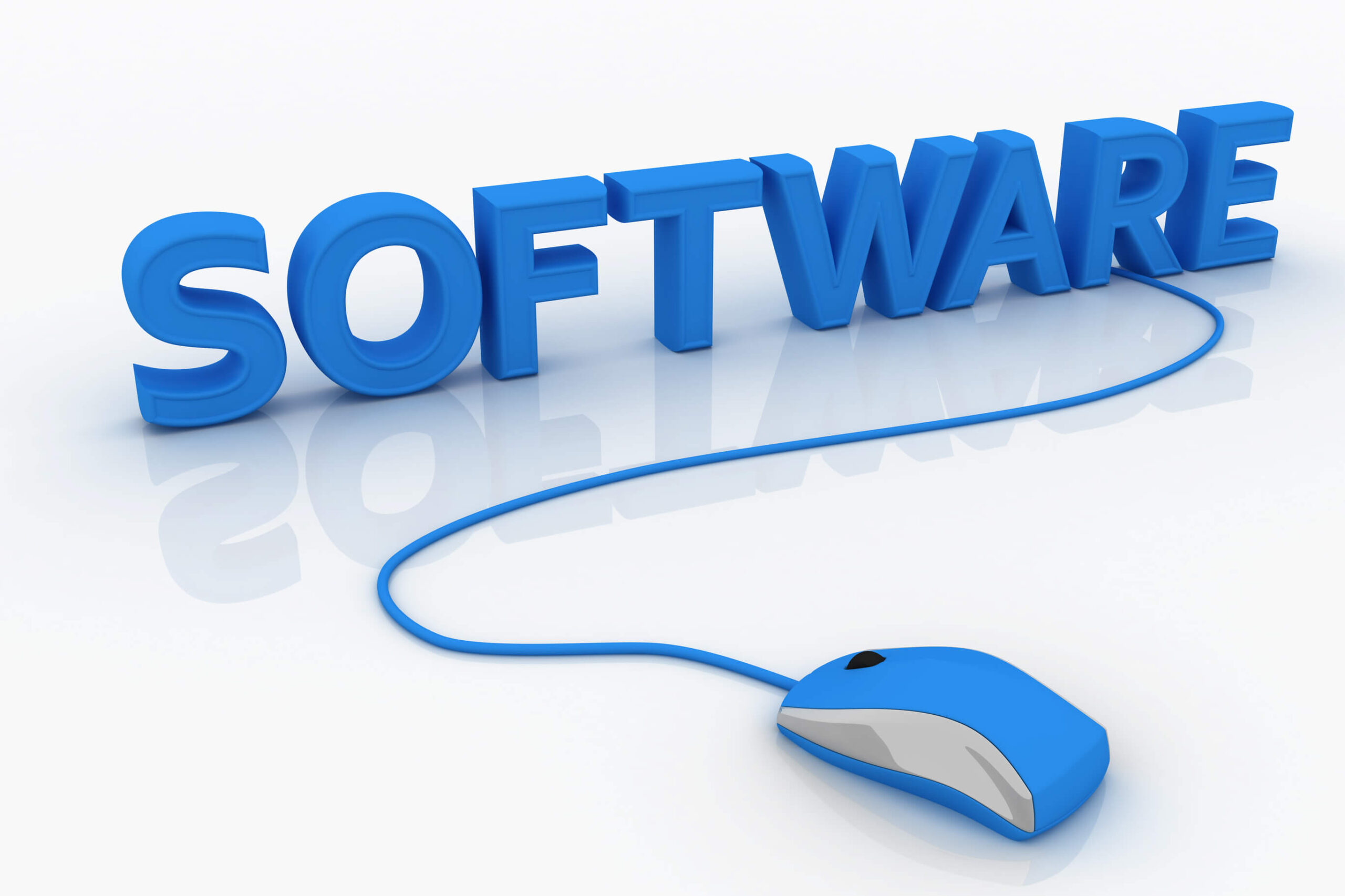Introduction to Software
Software is a collection of programs, instructions, and data that tell a computer how to work. It is the invisible part of a computer system, unlike hardware, which is the physical component. Without software, a computer is just a machine with no functionality. Software enables users to interact with hardware and perform tasks such as browsing the internet, creating documents, playing games, or running business applications.
Software can be categorized into system software, application software, and development tools, each serving a unique purpose. Today, software plays a crucial role in nearly every industry — healthcare, finance, education, transportation, and entertainment — making it a backbone of the digital age.
Types of Software
1. System Software
System software acts as a bridge between hardware and user applications.
Examples:
- Operating Systems: Windows, macOS, Linux
- Utility Programs: Antivirus software, disk cleanup tools, device drivers
2. Application Software
Application software is designed to help users perform specific tasks.
Examples:
- Productivity Software: Microsoft Office, Google Docs
- Media Software: Photoshop, Video Editing tools
- Web Browsers: Chrome, Firefox, Edge
3. Programming Software (Development Tools)
These are tools used by developers to create software.
Examples:
- Compilers & Interpreters: GCC, Python Interpreter
- Code Editors: Visual Studio Code, Sublime Text
- Version Control Systems: Git, GitHub
Importance of Software
- Automation: Reduces manual effort in industries and businesses
- Communication: Email, chat apps, and video conferencing
- Productivity: Streamlines workflows with tools like ERP, CRM
- Innovation: Enables AI, machine learning, blockchain, and IoT
Software Development Life Cycle (SDLC)
Software is developed through a systematic process known as SDLC, which includes:
- Requirement Analysis – Understanding user needs
- Design – Creating blueprints for the software
- Development – Writing the actual code
- Testing – Finding and fixing bugs
- Deployment – Releasing the software for use
- Maintenance – Updating and improving performance
Real-World Applications of Software
- Banking: Online transactions, fraud detection
- Healthcare: Electronic health records, diagnostic software
- Education: E-learning platforms, virtual classrooms
- Business: Inventory management, data analytics
- Entertainment: Streaming platforms like Netflix, gaming software
Software Calculation Example
Let’s assume a company is developing a software project, and we want to calculate its development cost.
Formula:
Total Cost=Number of Developers×Hourly Rate×Total Hours Worked\text{Total Cost} = \text{Number of Developers} \times \text{Hourly Rate} \times \text{Total Hours Worked}Total Cost=Number of Developers×Hourly Rate×Total Hours Worked
Example Calculation:
- Number of Developers = 5
- Hourly Rate = $30
- Total Hours Worked = 160 hours per developer
Total Cost=5×30×160=$24,000\text{Total Cost} = 5 \times 30 \times 160 = \$24,000Total Cost=5×30×160=$24,000
This means the company will spend $24,000 on development costs for this project.
Latest Trends in Software
- Cloud Computing: SaaS (Software as a Service) is replacing traditional software installations.
- AI & Machine Learning: Intelligent applications like ChatGPT, recommendation systems.
- Cybersecurity Software: Increased demand for protection against hacking and data breaches.
- Low-Code/No-Code Platforms: Making software development accessible to non-programmers.
Advantages of Software
✅ Easy to update and upgrade
✅ Saves time and effort
✅ Boosts business productivity
✅ Facilitates innovation
✅ Can be customized for specific needs
Disadvantages of Software
Requires regular maintenance
Prone to bugs and security vulnerabilities
Can be expensive for businesses
May require training for users
FAQs
Q1: What is software in simple words?
A: Software is a set of programs and instructions that tell a computer what to do.
Q2: What are the two main types of software?
A: System software (like operating systems) and application software (like MS Word, browsers).
Q3: How is software different from hardware?
A: Hardware is the physical component, while software is the digital code that runs on hardware.
Q4: What is open-source software?
A: Open-source software is freely available, and its source code can be modified by anyone (e.g., Linux).
Q5: What is SaaS?
A: SaaS (Software as a Service) is software delivered via the internet, usually on a subscription basis.
Q6: How do software updates work?
A: Developers release new versions or patches to fix bugs, improve performance, or add new features.
Q7: Can software be free?
A: Yes, there is freeware (completely free) and freemium software (basic version is free, premium features cost money).
Conclusion
Software is the driving force behind modern technology, enabling businesses, individuals, and governments to work efficiently and creatively. From operating systems to cloud-based applications, software continues to evolve rapidly, shaping the future of automation, AI, and digital transformation.

